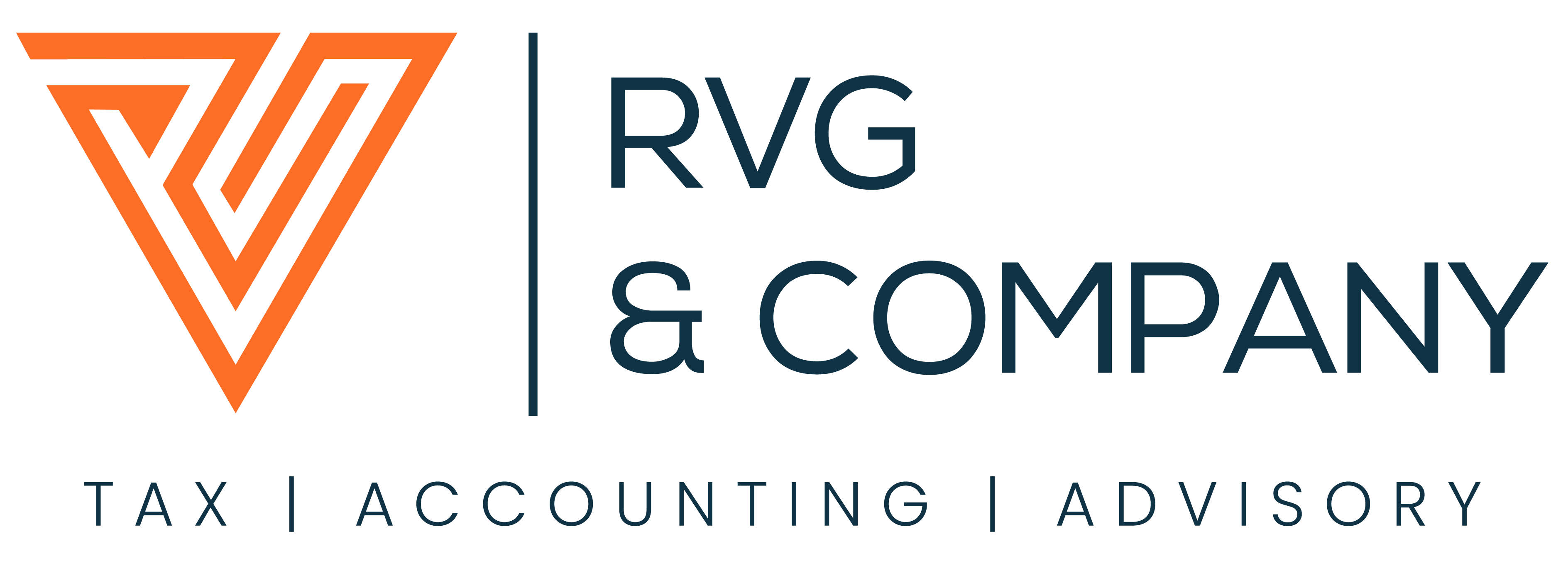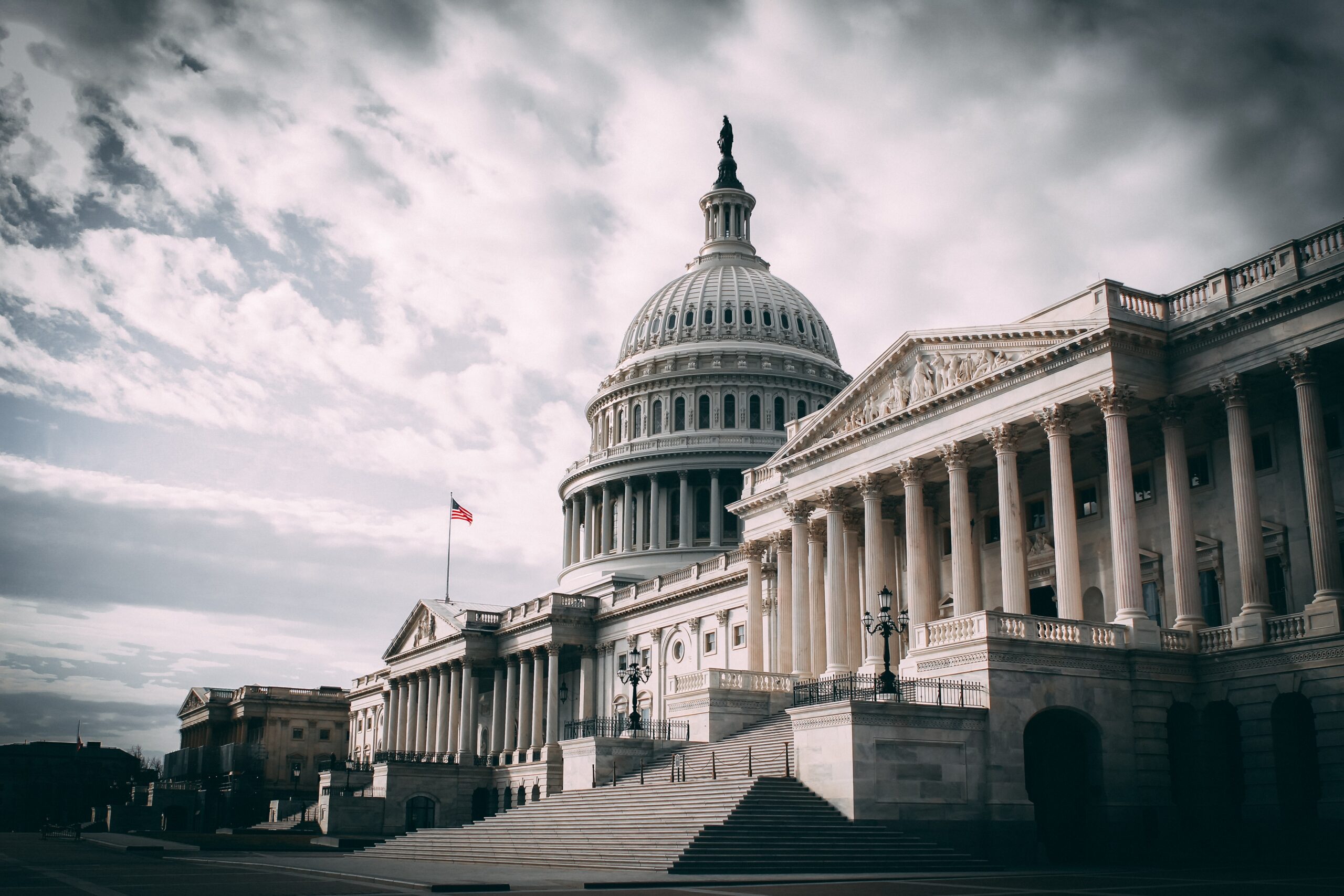On August 4, 2021, the SBA established a streamlined PPP forgiveness application portal for businesses that borrowed up to $150,000. This simplified application will be available to borrowers whose lenders agreed to use the new forgiveness process.
PPP Loans that are $150,000 or Less
According to a press release, the SBA acknowledged that the vast majority of businesses waiting for forgiveness have loans under $150,000. In addition, the SBA recognized that entrepreneurs are busy running their businesses and are challenged by an overly complicated forgiveness process.
The SBA noted that approximately 600 lenders have opted into the new forgiveness process, enabling over 2 million borrowers to apply through the portal. Currently, this represents about 30% of the loans issued by the SBA that are $150,000 or less.
As outlined in the SBA’s Interim Final Rule issued on July 30, 2021, since the enactment of the PPP program, the total number of PPP loans guaranteed by the SBA exceeds 11.8 million and the total dollar amount of PPP loans guaranteed by the SBA exceeds $806 billion. The IFR also indicated that loans of $150,000 or less represent 93% of the outstanding PPP loans.
Forgiveness Issues for Lenders & Borrowers
Even though the SBA implemented a streamlined forgiveness application for loans issued during 2020 that were $150,000 or less, lenders informed the SBA that they lacked the technology and staff resources to develop efficient electronic loan forgiveness platforms to process these applications. Lenders were overwhelmed by the volume of PPP forgiveness applications, and this delayed the review process. As a result, borrowers were uncertain if they should start making payments on their PPP loans while waiting for their lenders to process their forgiveness applications.
SBA Changes to the Forgiveness Process for Loans $150,000 or Less
The two significant modifications for loans that are $150,000 or less are: 1) The creation of the Direct Borrower Forgiveness Process; and 2) the COVID Reduction Revenue Score. Each of these revisions is discussed below.
Direct Borrower Forgiveness Process
The new process provides PPP lenders with an optional technology solution that allows borrowers to apply for loan forgiveness directly to the SBA through the new portal.
After a PPP lender opts into the Direct Borrower Forgiveness Process, the new portal will provide a single secure location that integrates with the SBA’s PPP platform and allows borrowers with loans of $150,000 or less to apply for loan forgiveness using an electronic equivalent of SBA Form 3508S.
Lenders will be notified that a borrower has applied for forgiveness through the platform. At that point, lenders will review the loan forgiveness application and issue a forgiveness decision to the SBA inside the platform. Borrowers can access the portal through the SBA at https://directforgiveness.sba.gov. In addition, borrowers will be required to go through a registration process in order to use the portal.
After the launch of the direct borrower forgiveness process, borrowers should continue to submit loan forgiveness applications to their lenders, rather than through the platform, under the following circumstances:
- The PPP lender does not opt into the direct borrower forgiveness process;
- The borrower’s PPP loan amount is greater than $150,000;
- The borrower does not agree with the data as provided by the SBA system of record, or cannot validate their identity in the platform; or
- For any other reason where the platform rejects the borrower’s submission.
COVID Revenue Reduction Score
Among other conditions, to be eligible for a Second Draw PPP Loan, a borrower was required to have experienced a revenue reduction of at least 25% during one quarter of 2020 compared to that same quarter in 2019. Borrowers of Second Draw PPP Loans of $150,000 or less were permitted to submit documentation of the revenue reduction at the time of the loan application, or later on when loan forgiveness is sought.
For loans of $150,000 or less, where the borrower did not submit documentation of revenue reduction at the time of the loan application, the SBA is offering an alternative form of revenue reduction confirmation to streamline the process during the forgiveness process.
Each second-draw PPP loan of $150,000 or less will be assigned a COVID Revenue Reduction Score created by an independent, third-party SBA contractor, based on a variety of inputs, including industry, geography, and business size, and current economic data on the economic recovery and return of businesses to operational status.
The score will be maintained in the SBA’s loan forgiveness platform and will be visible to lenders to use as an alternative to document revenue reduction. Additionally, the score will be visible to those borrowers that submit their loan forgiveness applications through the platform.
When the score meets the value required for certification of the borrower’s revenue reduction, the use of the score will satisfy the revenue reduction requirement. When the score does not meet the value required, the borrower must provide additional documentation either directly to the lender or provide documentation by uploading it to the platform.
If you have any questions or need assistance with the new PPP loan forgiveness process, please contact RVG and Company at (954) 233 – 1767.






